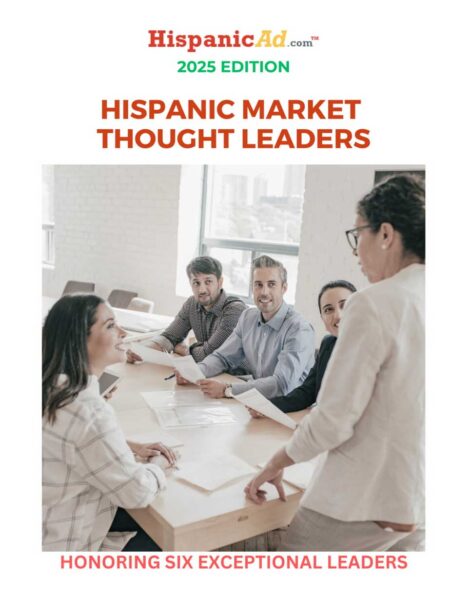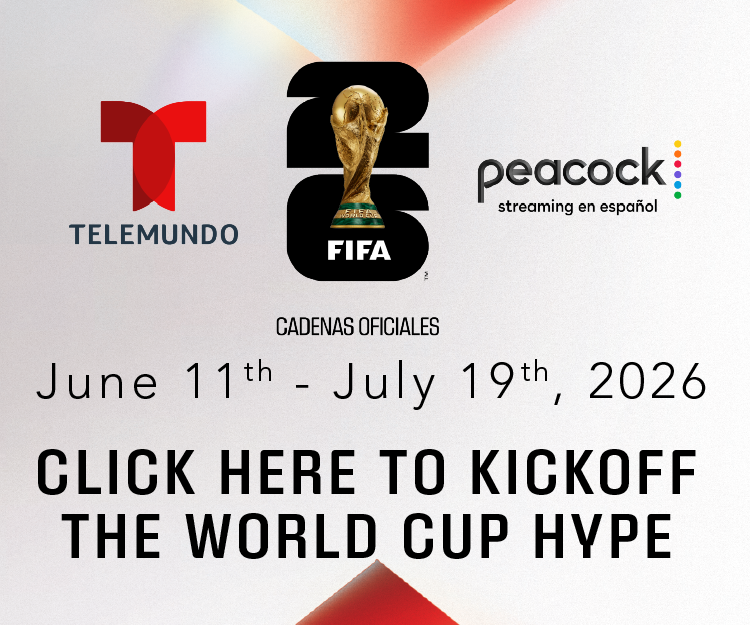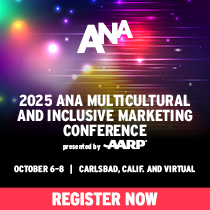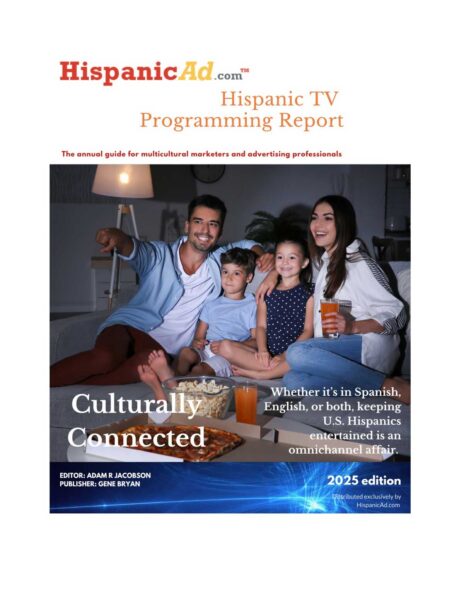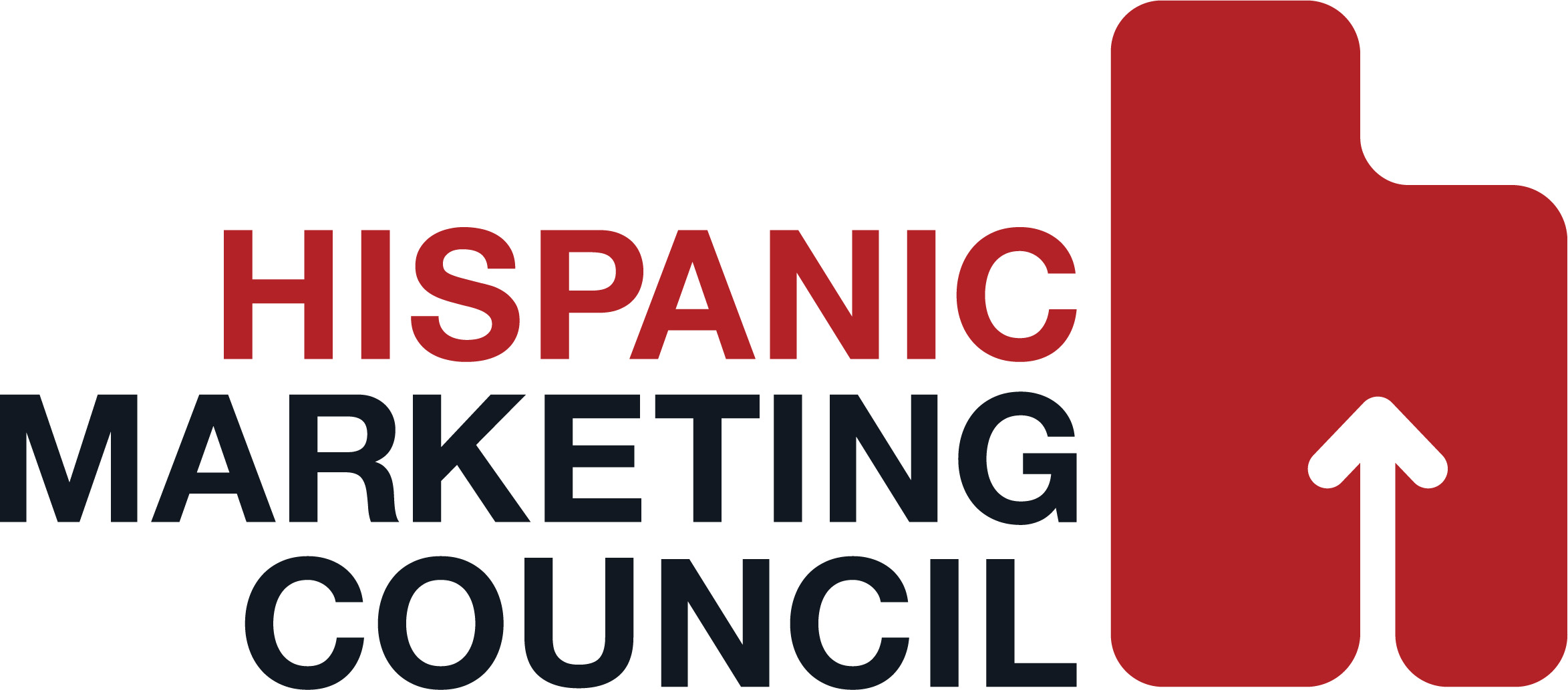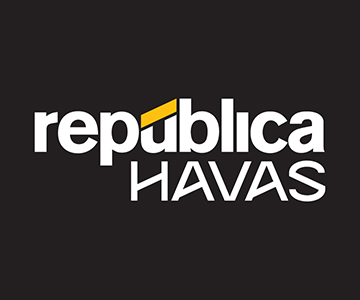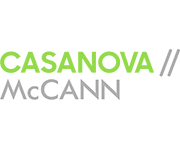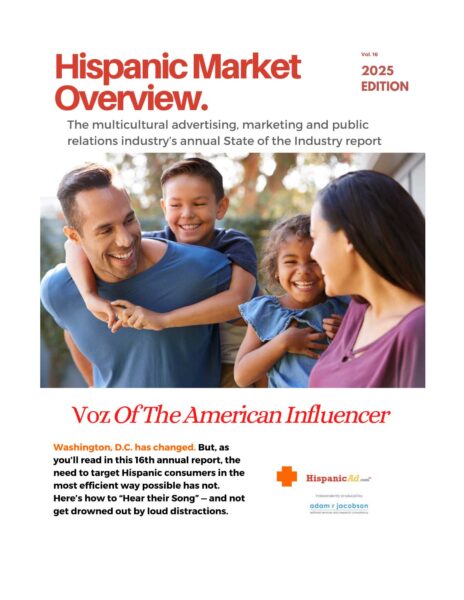Inquiring Minds: 5 Things Your New Employer CAN Find Out About You
![]() Many a job seeker has mistakenly assumed that their potential new employer won’t be able to find out something in their background that might cost them that new job. While a new employer is sometimes legally required to ask your consent in searching your background data, if you respond that they cannot do so it will likely eliminate you from further employment consideration.
Many a job seeker has mistakenly assumed that their potential new employer won’t be able to find out something in their background that might cost them that new job. While a new employer is sometimes legally required to ask your consent in searching your background data, if you respond that they cannot do so it will likely eliminate you from further employment consideration.


 Donald J. Trump, the former owner of the Miss Universe Organization, and Univision Communications Inc. (UCI) announced that they have settled their litigation arising from Univision’s decision not to broadcast the Miss Universe and Miss USA pageants.
Donald J. Trump, the former owner of the Miss Universe Organization, and Univision Communications Inc. (UCI) announced that they have settled their litigation arising from Univision’s decision not to broadcast the Miss Universe and Miss USA pageants. 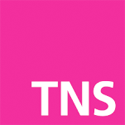 Google’s Matt Brittin once likened programmatic to teenage sex – and it’s easy to understand why. Everyone seems to be worrying about whether the competition is doing more of it, or doing it better than they are. The truth, though, is that worryingly few people know what they are doing at all.
Google’s Matt Brittin once likened programmatic to teenage sex – and it’s easy to understand why. Everyone seems to be worrying about whether the competition is doing more of it, or doing it better than they are. The truth, though, is that worryingly few people know what they are doing at all. Clicks, views, posts, shares and visits have taken a back seat to acquisition, retention and revenue growth as core measures of customer experience and engagement success, reports the Chief Marketing Officer (CMO) Council.
Clicks, views, posts, shares and visits have taken a back seat to acquisition, retention and revenue growth as core measures of customer experience and engagement success, reports the Chief Marketing Officer (CMO) Council.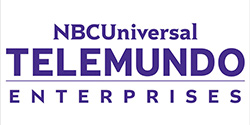 NBCUniversal Telemundo Enterprises today unveiled plans for the building of its new global headquarters in Miami-Dade County.
NBCUniversal Telemundo Enterprises today unveiled plans for the building of its new global headquarters in Miami-Dade County. MundoMax announced that it will hold its upfront luncheon for advertisers in New York City at noon on Wednesday, May 18, 2016.
MundoMax announced that it will hold its upfront luncheon for advertisers in New York City at noon on Wednesday, May 18, 2016.  The verdict: Madison Avenue 2016 is desperately trying to release the social media Krakken at every turn. Still, methinks creatives are not consuming enough amounts of memes, Vine and Snapchat. Plus, planning is prevailing. Big time. Taking refuge in the warm womb of strategy is not enough, folks. Too much tried-n-true stuff. Madison Avenue needs to innovate way more. Yeah, I know, easier said then done. By Gonzalo López Martí LMMIAMI.COM
The verdict: Madison Avenue 2016 is desperately trying to release the social media Krakken at every turn. Still, methinks creatives are not consuming enough amounts of memes, Vine and Snapchat. Plus, planning is prevailing. Big time. Taking refuge in the warm womb of strategy is not enough, folks. Too much tried-n-true stuff. Madison Avenue needs to innovate way more. Yeah, I know, easier said then done. By Gonzalo López Martí LMMIAMI.COM New American Dimensions announced that Raul J. Lopez has joined the firm as Principal and Chief Research Officer in order to further develop its growing portfolio of regional and national accounts.
New American Dimensions announced that Raul J. Lopez has joined the firm as Principal and Chief Research Officer in order to further develop its growing portfolio of regional and national accounts. Branded content, ad blocking, digital advertising fraud, programmatic, total market and digital disruption are just some of the ever-evolving realities that are forcing marketers, media, agencies and the entire marketing ecosystem to explore a new future together. These topics and more fill the jam-packed agenda of AHAA’s 2016 Annual Conference held April 18-20 in Miami.
Branded content, ad blocking, digital advertising fraud, programmatic, total market and digital disruption are just some of the ever-evolving realities that are forcing marketers, media, agencies and the entire marketing ecosystem to explore a new future together. These topics and more fill the jam-packed agenda of AHAA’s 2016 Annual Conference held April 18-20 in Miami. Alejandro Nieto Molina who was appointed the new SVP & GM of Univision’s Radio two weeks ago, has died. According to published reports, Nieto Molina had a heart attack on February 8, 2016 in Miami.
Alejandro Nieto Molina who was appointed the new SVP & GM of Univision’s Radio two weeks ago, has died. According to published reports, Nieto Molina had a heart attack on February 8, 2016 in Miami. Big data continues to be a central point of conversation in the market research world. Whether it is touted as the end of market research as we know it or the beginning of the new market researcher that weaves big data and custom research into a projection of the future, one thing is for sure, big data is here to stay. By Mario Carrasco
Big data continues to be a central point of conversation in the market research world. Whether it is touted as the end of market research as we know it or the beginning of the new market researcher that weaves big data and custom research into a projection of the future, one thing is for sure, big data is here to stay. By Mario Carrasco According to new GfK MRI research, today’s smartphone user is just as likely to be seeking mindless entertainment – playing a game or streaming a video – as connecting with friends and family through texting or other modes.
According to new GfK MRI research, today’s smartphone user is just as likely to be seeking mindless entertainment – playing a game or streaming a video – as connecting with friends and family through texting or other modes.
